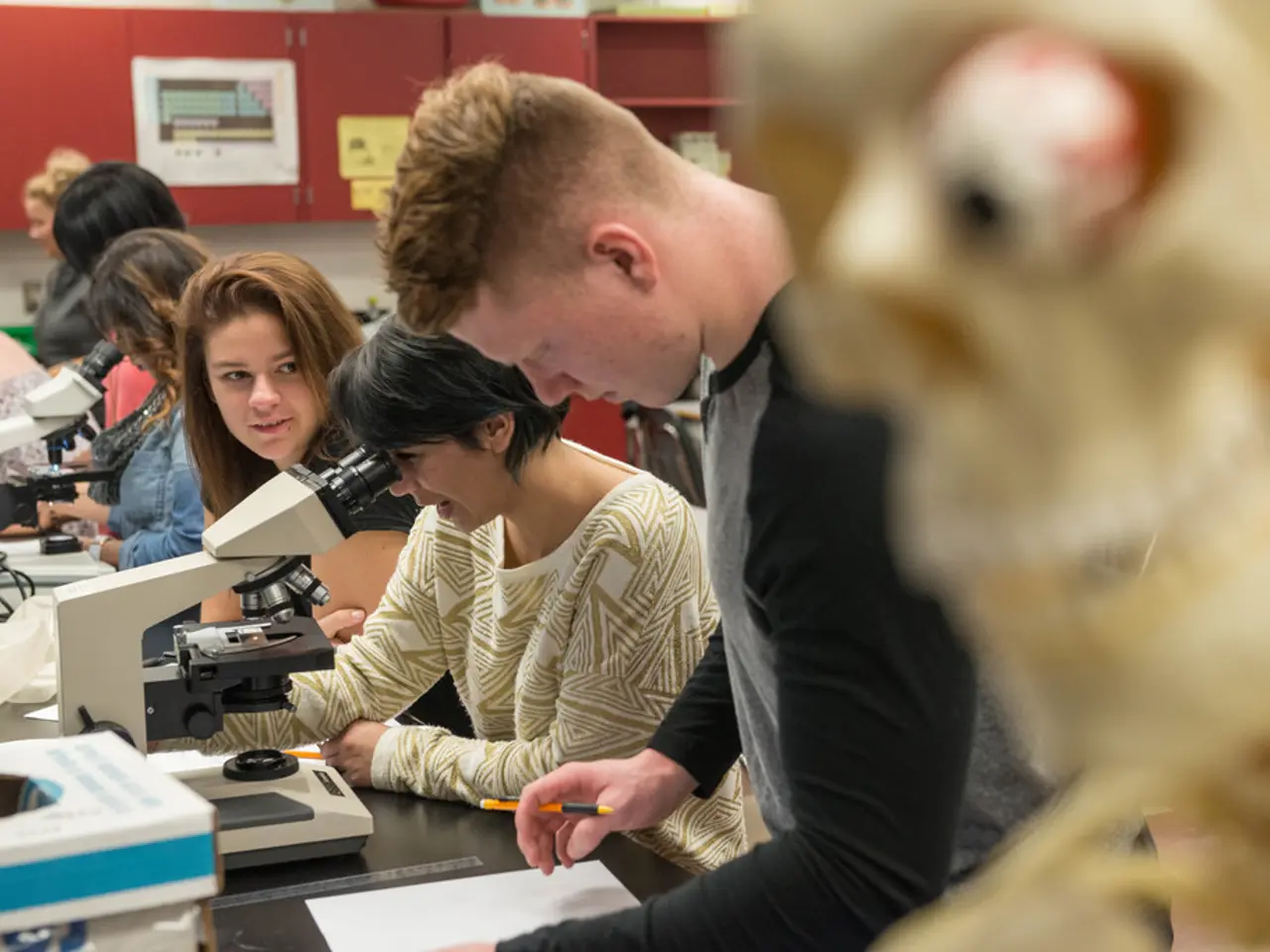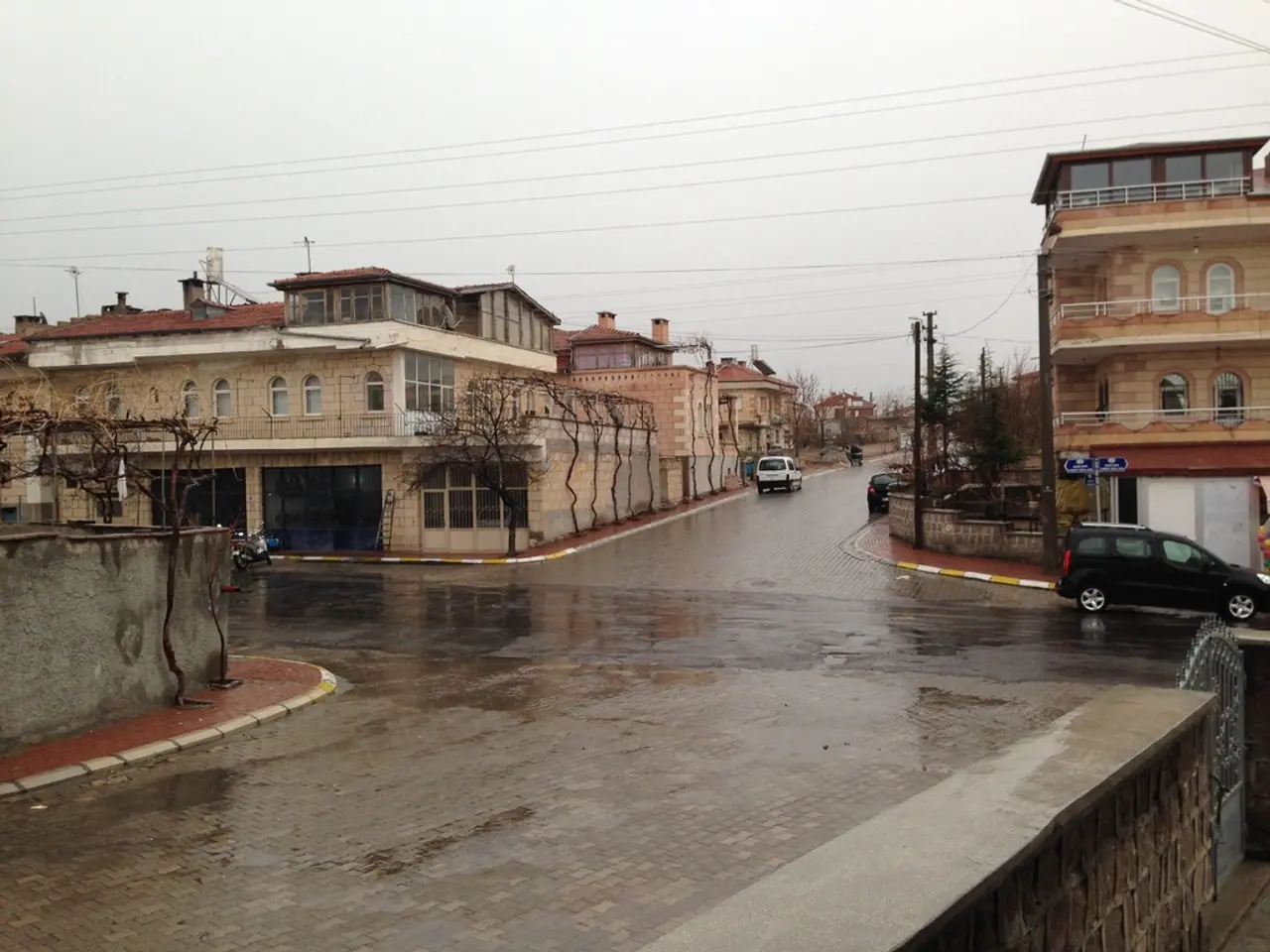Advertisement: Examining the Solutions to Television News Issues Through Dramatic Camera Techniques
In an increasingly digital news landscape, local television news stations are seeking ways to differentiate their newscasts and attract a larger audience. One innovative approach involves the use of cinematic camera movements and advanced broadcast workflows.
Cinematic storytelling, made possible through robotic camera systems, offers a deeper engagement for viewers. By employing techniques such as slow tracking shots, smooth pans, and dynamic framing, news becomes an immersive experience rather than passive consumption. This approach capitalizes on television's strength—a large, immersive screen—offering a richer visual experience than mobile digital platforms.
The creative freedom provided by cinematic techniques allows news directors and journalists to tell stories in unique ways. Even if competitors adopt similar technologies, variations in execution maintain distinctiveness and visual appeal. Leveraging television’s larger screens also affords a visual advantage, with dramatic camera moves looking more impressive on a big screen and able to hold viewers’ attention longer.
Advanced broadcast workflows are another key component of this transformation. Stations should invest in broadcast engineering roles, advanced control systems, and cloud playout systems to ensure smooth, visually compelling broadcasts that can rival the agility of digital content. Modern workflows also incorporate IT infrastructure to enhance scalability, remote production, and content delivery efficiency.
Ongoing training in new technologies is essential for technical and editorial teams to fully exploit cinematic tools and streamline production processes, enabling more polished and sophisticated newscasts.
By combining cinematic camera movements with modern broadcast workflows, local stations can differentiate their newscasts, offer visually compelling experiences that leverage TV’s unique strengths, and better compete with the growing dominance of digital platforms in the news landscape.
This new approach could potentially distinguish the look of a station's newscasts from its competitors and attract a larger audience, particularly a younger demographic. The goal is to transform traditional news viewing into an interactive experience to stem viewership decline and attract new viewers.
However, it's important to note that these efforts often lead to similarities among stations, as all competitors adopt similar measures over time. Therefore, it's crucial for stations to continually innovate and refine their approach to maintain their unique visual identity and competitive edge.
References:
[1] "The State of Local TV News" (2022), Pew Research Center. [2] "The Future of Local News" (2023), National Association of Broadcasters. [3] "The Evolution of Local News" (2024), Broadcasting & Cable. [4] "News Consumption Habits in the Digital Age" (2024), Pew Research Center. [5] "Engaging Local Audiences through Cinematic Storytelling" (2024), Broadcasting & Cable.
- To differentiate their newscasts, local television news stations are adopting cinematic camera movements like slow tracking shots and dynamic framing, offering a distinctive and visually appealing experience.
- Investing in advanced broadcast workflows, including control systems, cloud playout, and IT infrastructure, is essential to deliver smooth, visually compelling broadcasts that rival digital content.
- Ongoing training in new technologies is vital for technical and editorial teams to fully utilize cinematic tools and streamline production processes, resulting in more polished and sophisticated newscasts.
- By combining cinematic camera movements with modern broadcast workflows, local stations can better compete with digital platforms, attract a larger audience, and potentially engage a younger demographic.
- Continual innovation and refinement of their approach are necessary for stations to maintain their unique visual identity and competitive edge, as similar techniques become prevalent among competitors.
- Employing techniques such as slow tracking shots, smooth pans, and dramatic camera moves leverages the strength of television's large, immersive screen, offering a richer visual experience than mobile digital platforms.
- News directors and journalists now have more creative freedom to tell stories in unique ways, with potential variations in execution maintaining distinctiveness, even as competitors adopt similar technology.




